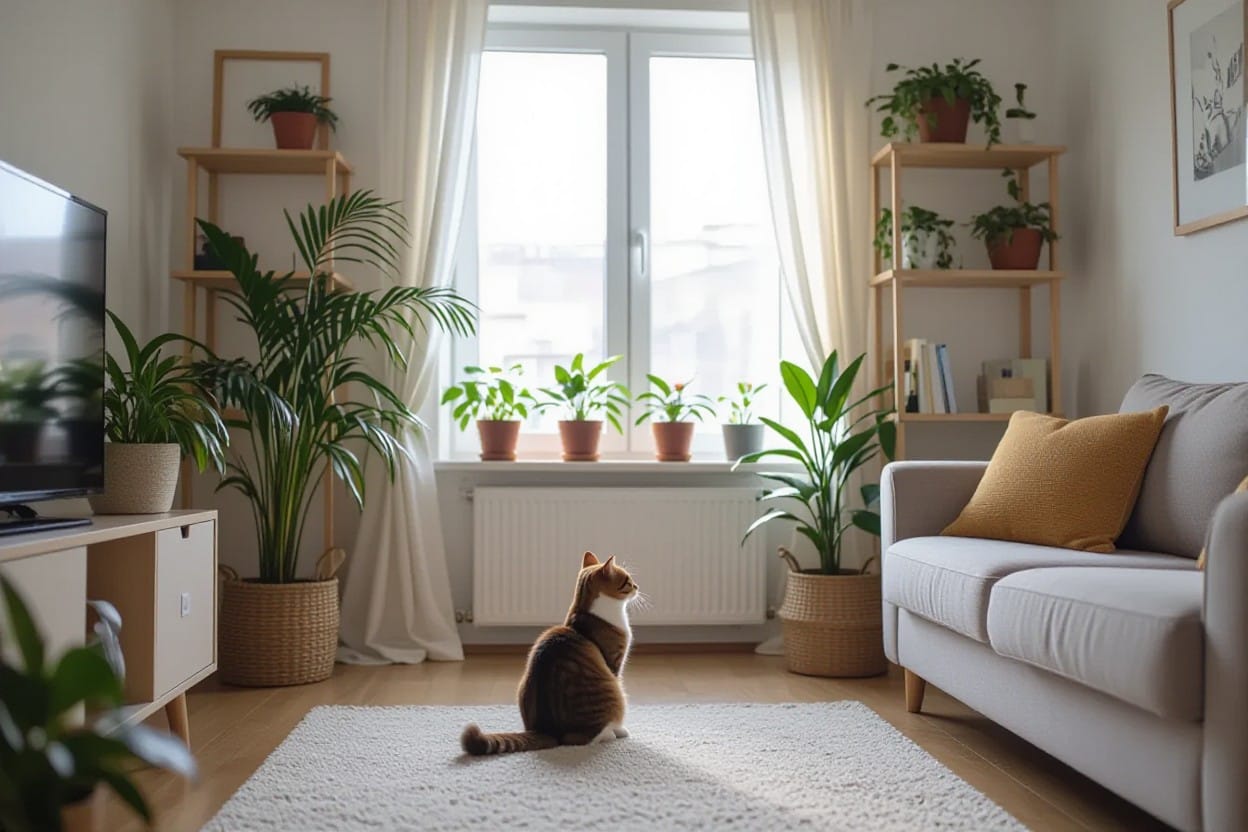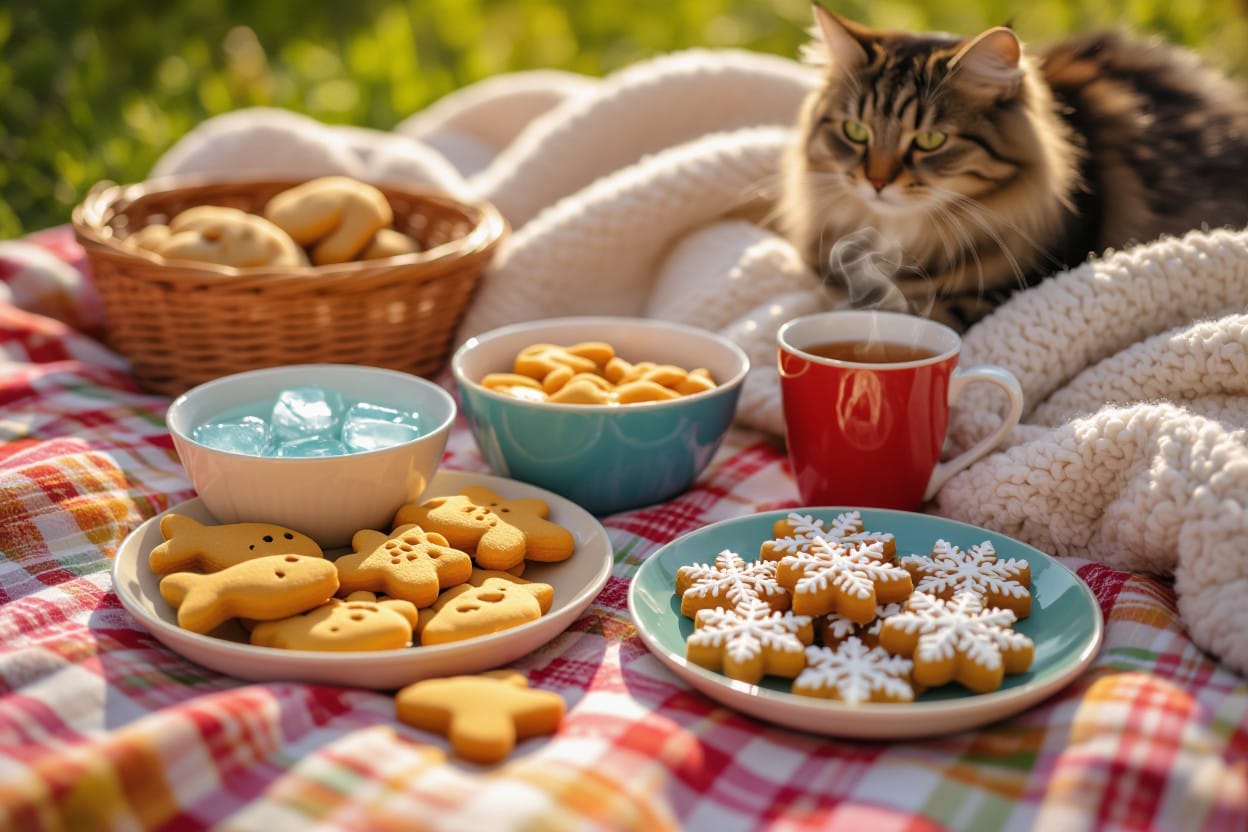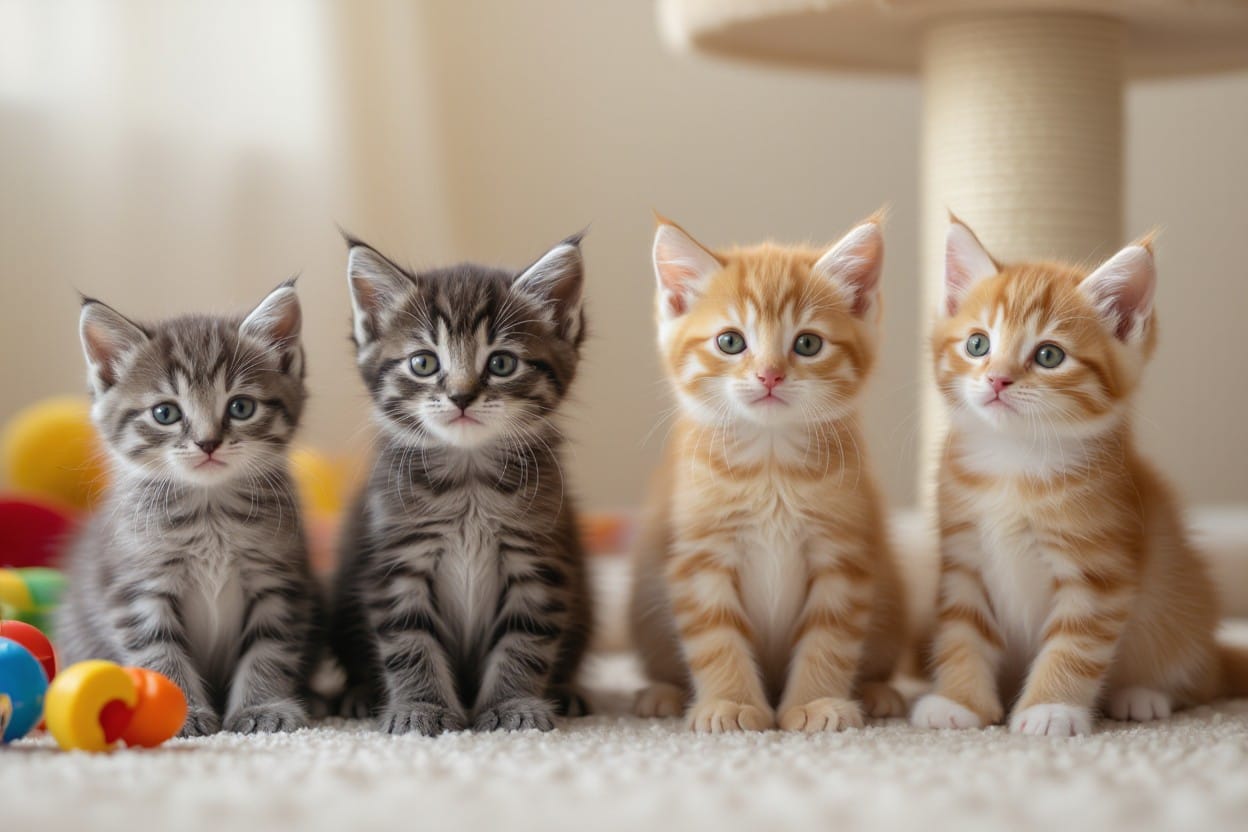Cat enthusiasts and feline aficionados alike often find themselves intrigued by the diverse world of rare and unique cat breeds. From the curly-coated LaPerm to the wild-looking Pixiebob, there are countless lesser-known breeds waiting to be discovered and appreciated. In this post, we will examine into the fascinating characteristics, histories, and traits of some of the most extraordinary feline breeds that may not be as commonly seen but are certainly worth exploring.

The Allure of Distinctive Features
Physical Characteristics That Define Rarity
Define the physical characteristics that set rare and unique cat breeds apart. These distinctive features can range from the shape of their ears, the length of their tail, or even the color of their fur. Such traits make these cats stand out among their more common counterparts, attracting admirers who appreciate their individuality.
Behavioral Traits of Unique Cat Breeds
Features of unique cat breeds go beyond just their physical appearance. Their behaviors can also be defining factors that set them apart from other felines. From being more social and interactive to having specific play preferences or even unique vocalizations, these behavioral quirks contribute to the charm of these rare breeds.
For instance, some unique cat breeds are known for their playful and mischievous nature, while others may be more independent and reserved. Understanding these behavioral traits can help potential cat owners choose a breed that aligns with their lifestyle and preferences, ensuring a happy and harmonious relationship between human and feline.
Origins of Rare Cat Breeds
Historical Perspectives
The history of rare cat breeds is a fascinating tale that dates back centuries. These unique breeds often have origins tied to specific regions or cultures, contributing to their distinct characteristics. Historical records and anecdotal evidence provide insights into how these breeds evolved over time, showcasing the human-animal bond and the deliberate efforts to create and preserve these special feline companions.
Geographical Distribution and Isolation
The geographical distribution and isolation of certain rare cat breeds have played a crucial role in their development and preservation. In remote regions or islands, such as the Isle of Man or the Russian Far East, breed populations remained relatively isolated, leading to distinct genetic profiles and physical traits. Factors like limited gene pools and specific environmental adaptations have shaped these breeds into the unique and cherished feline companions they are today.
To truly appreciate the complexity and beauty of rare cat breeds, it is crucial to research into their origins and understand the influence of historical, geographical, and cultural factors. These extraordinary felines offer a glimpse into the rich tapestry of human-animal relationships and the marvels of nature’s diversity, making them valuable additions to the world of cat enthusiasts and researchers alike.
Conservation of Genetic Diversity
Despite the popularity of mainstream cat breeds, there is a growing concern over the loss of genetic diversity in feline populations. Preserving rare and unique cat breeds is becoming increasingly important to ensure the health and longevity of these lesser-known feline varieties.
The Role of Breeders and Enthusiasts
Diversity is crucial in maintaining the health and vitality of cat breeds. Breeders and enthusiasts play a key role in preserving rare and unique cat breeds by making intentional breeding choices that prioritize genetic diversity. By promoting outcrossing and minimizing inbreeding, these dedicated individuals help safeguard the longevity of these special feline varieties.
Challenges in Preserving Rare Breeds
Conservation efforts face numerous challenges, including small population sizes, limited gene pools, and lack of awareness about these rare breeds. Without proactive intervention, these unique cat breeds are at risk of extinction, potentially losing valuable genetic traits and characteristics that set them apart from more common cat breeds.
Preserving rare cat breeds requires a concerted effort from breeders, enthusiasts, and the larger feline community to raise awareness, promote responsible breeding practices, and support conservation initiatives. By addressing these challenges head-on, we can help ensure the continued existence of these rare and unique cat breeds for future generations to appreciate and enjoy.

Spotlight on Rare Breeds
The Sphynx: Hairless Wonders
For cat lovers looking for something truly unique, the Sphynx breed is a sight to behold. These hairless wonders are known for their velvety skin and striking features. Despite their lack of fur, Sphynx cats are surprisingly warm to the touch and are often described as feeling like a heated suede hot water bottle. Their playful and affectionate nature makes them wonderful companions for those who appreciate their distinctive appearance.
The Maine Coon: Gentle Giants
One of the most beloved rare breeds is the Maine Coon, often referred to as gentle giants. These majestic cats are known for their large size, tufted ears, and bushy tails. Maine Coons are friendly, sociable, and intelligent, making them ideal family pets. Their unique chirping sounds and dog-like personalities set them apart from other breeds. Maine Coons also have a reputation for being excellent mousers, making them valuable members of any household.
It’s important to note that despite their size, Maine Coons are gentle and affectionate cats that thrive on human companionship. They are often described as being more dog-like in nature, following their owners from room to room and enjoying interactive playtime. While their size may be intimidating to some, Maine Coons are actually gentle giants that make loving and loyal pets.
Breeds

Uncovering Unique Breeds
The Singapura: Miniature Marvels
Unique in their small size yet big personality, the Singapura cats are truly miniature marvels. Hailing from Singapore, these adorable cats are known for their large eyes, ticked coats, and playful nature. Despite their small stature, Singapuras are highly energetic and intelligent, making them a joy to have around the house.
The Ocicat: The Spotted Sensation
Spotted in appearance but sweet in temperament, the Ocicat is a truly unique breed. With their distinctive spots resembling those of wild ocelots, these cats exude elegance and grace. Ocicats are also known for their boundless energy and love for play, making them an ideal companion for active households.
The Ocicat is a relatively new breed, originating in the United States in the 1960s. They were created by crossing Siamese, Abyssinian, and American Shorthair cats, resulting in their striking spotted coat and friendly demeanor. This breed has gained popularity for their striking looks and affectionate nature, making them a sought-after choice for cat lovers looking for something out of the ordinary.
Health Considerations in Rare and Unique Breeds
Genetic Health Risks and Benefits
Health considerations are crucial when it comes to rare and unique cat breeds. With a smaller gene pool, some of these breeds may face particular genetic health risks due to inbreeding or the presence of specific genetic mutations. It’s important for breeders and owners to be aware of these risks and take proactive measures to mitigate them.
On the flip side, some rare breeds may also have genetic benefits that make them unique. Selective breeding in these breeds may have inadvertently led to resistance to certain diseases or conditions, making them hardier in some aspects. Understanding the genetic makeup of these breeds is key to ensuring their long-term health and well-being.
Importance of Responsible Breeding Practices
To maintain the health and integrity of rare and unique cat breeds, responsible breeding practices are non-negotiable. This includes thorough health screenings of breeding cats to identify and eliminate any hereditary health issues. Breeders should also aim to expand the gene pool by carefully selecting mating pairs to avoid further inbreeding and genetic complications.
Cultural Impact and Popularity
Rare Breeds in Media and Popular Culture
Media and popular culture have played a significant role in showcasing rare and unique cat breeds. From films to television shows, these elusive felines have caught the attention of audiences worldwide. For example, the Sphinx cat, known for its hairless body and striking appearance, has made appearances in movies, commercials, and even music videos, gaining popularity and curiosity among cat enthusiasts.
The Global Cat Fanciers’ Community
On a global scale, the cat fanciers’ community is a vibrant and passionate group that celebrates rare and unique cat breeds. This community comprises individuals who appreciate the beauty and individuality of these less common felines. They often organize cat shows, events, and online forums to share information and connect with fellow enthusiasts.
The Global Cat Fanciers’ Community is not only a place for admirers of rare breeds to come together but also serves as a hub for education and advocacy. Enthusiasts use their platform to raise awareness about these special cats, promoting responsible breeding practices and ensuring the well-being of these unique breeds.
Rare and unique cat breeds continue to captivate the hearts of cat lovers around the world, thanks to their representation in media and the dedicated community of cat fanciers. Their cultural impact and popularity help shed light on these extraordinary felines, showcasing their beauty and individuality to a global audience.
Final Words
To wrap up, exploring rare and unique cat breeds can be a fascinating journey for cat lovers and enthusiasts. From the elegant Lykoi to the majestic Chausie, each breed offers its own set of characteristics and quirks that make them truly special. By delving into the world of rare cat breeds, you can not only expand your knowledge of feline companions but also appreciate the diversity and beauty within the cat kingdom.
Whether you are considering adding a rare breed to your family or simply want to learn more about these unique felines, exploring rare and unique cat breeds can be a rewarding experience. By understanding the histories, traits, and care requirements of these rare breeds, you can make informed decisions and truly appreciate the wonders of the feline world.
FAQ
Q: What are some rare cat breeds to explore?
A: There are several rare and unique cat breeds worth exploring, such as the Lykoi, American Curl, and Scottish Fold.
Q: What sets rare cat breeds apart from common ones?
A: Rare cat breeds are distinguished by their distinct physical characteristics, unique personalities, and limited population compared to popular breeds.
Q: How can one identify a rare cat breed?
A: Rare cat breeds can be identified by their unusual coat patterns, eye colors, ear shapes, or other distinctive physical traits that set them apart from traditional breeds.
Q: Where can someone find rare cat breeds for adoption or purchase?
A: Rare cat breeds can often be adopted from specialty breeders, rescue organizations, or through breed-specific cat clubs and associations.
Q: What should one consider before adopting a rare cat breed?
A: Before adopting a rare cat breed, it’s necessary to research their specific needs, grooming requirements, health issues, and ensure that you can provide the necessary care and attention they require.















